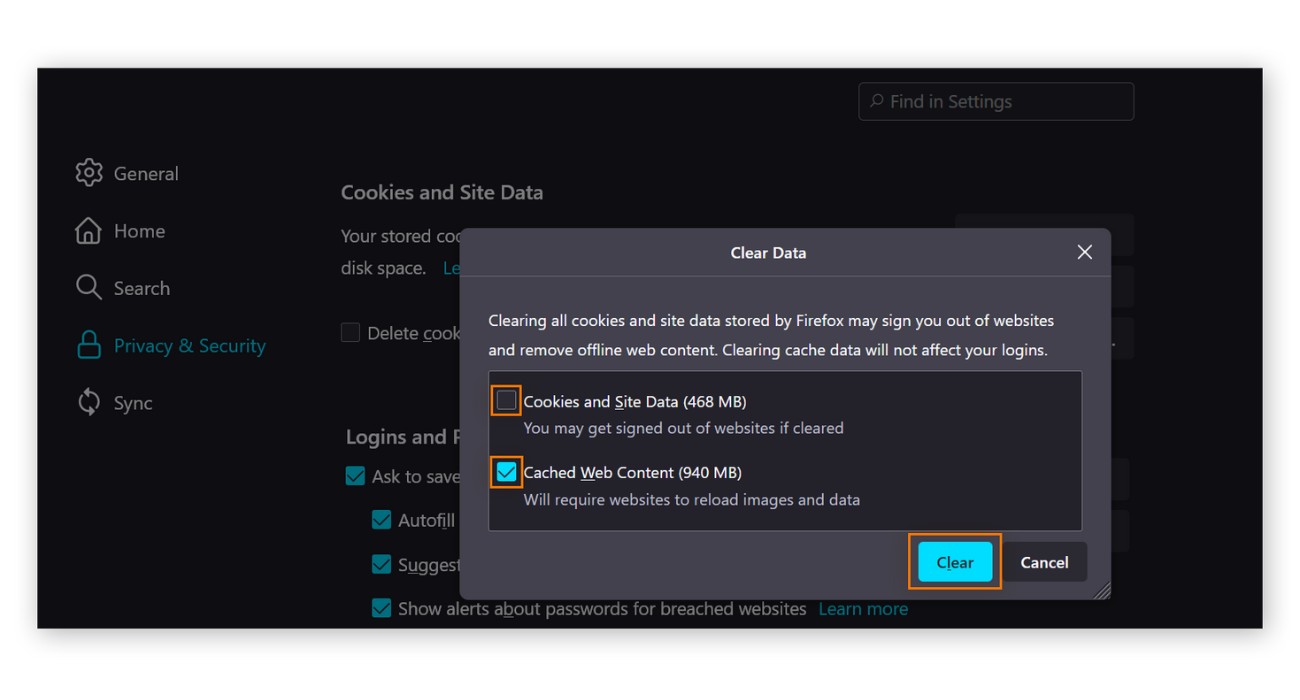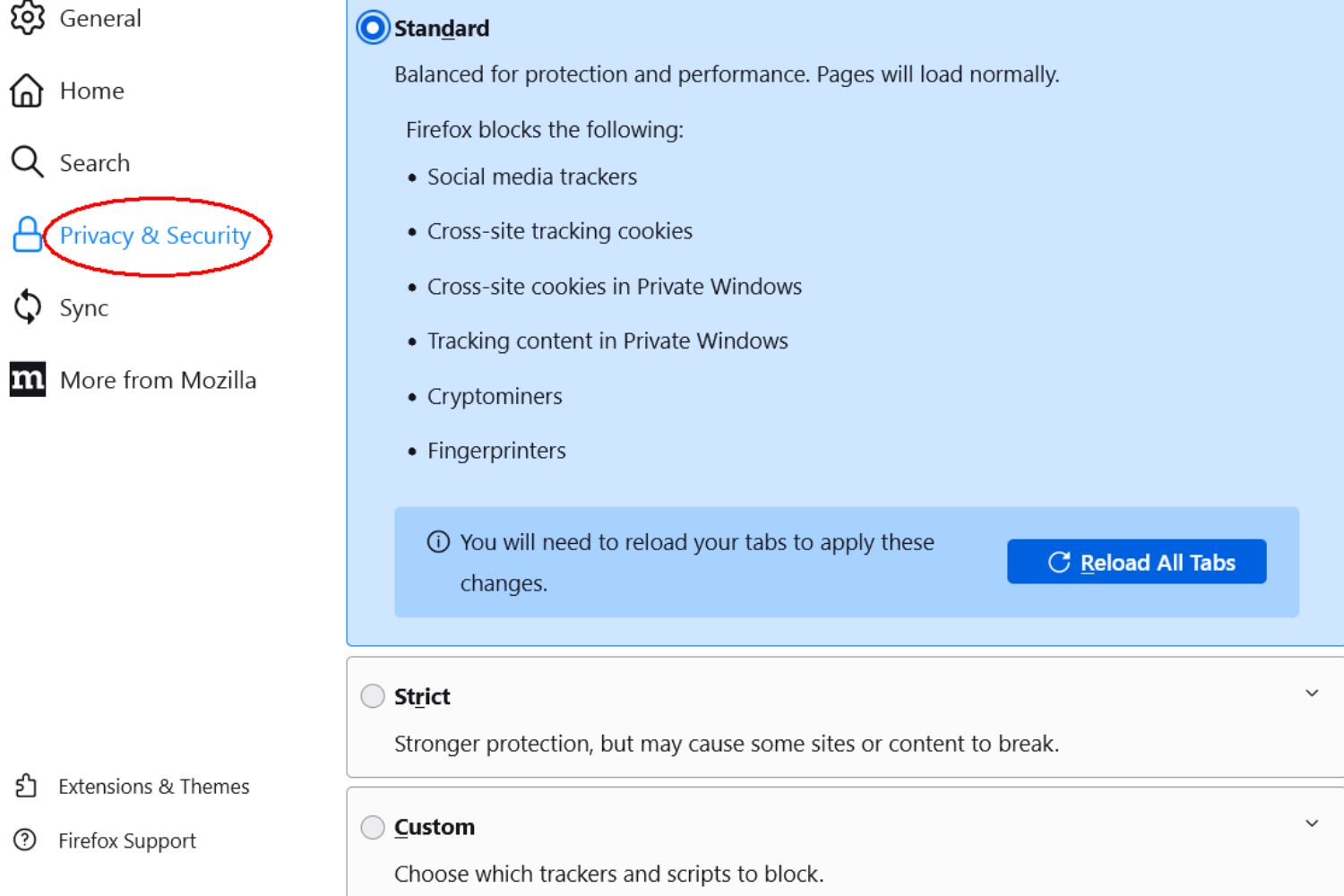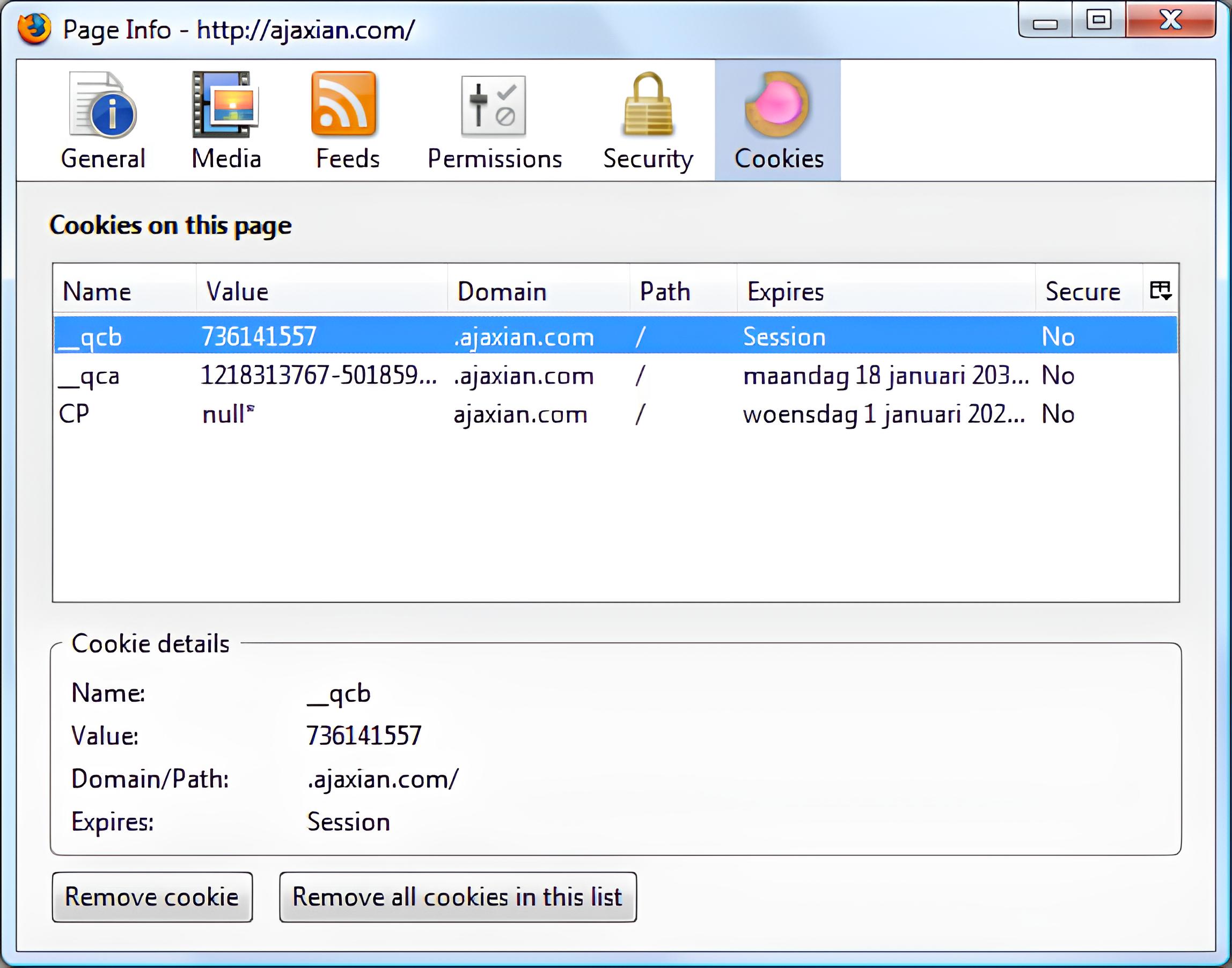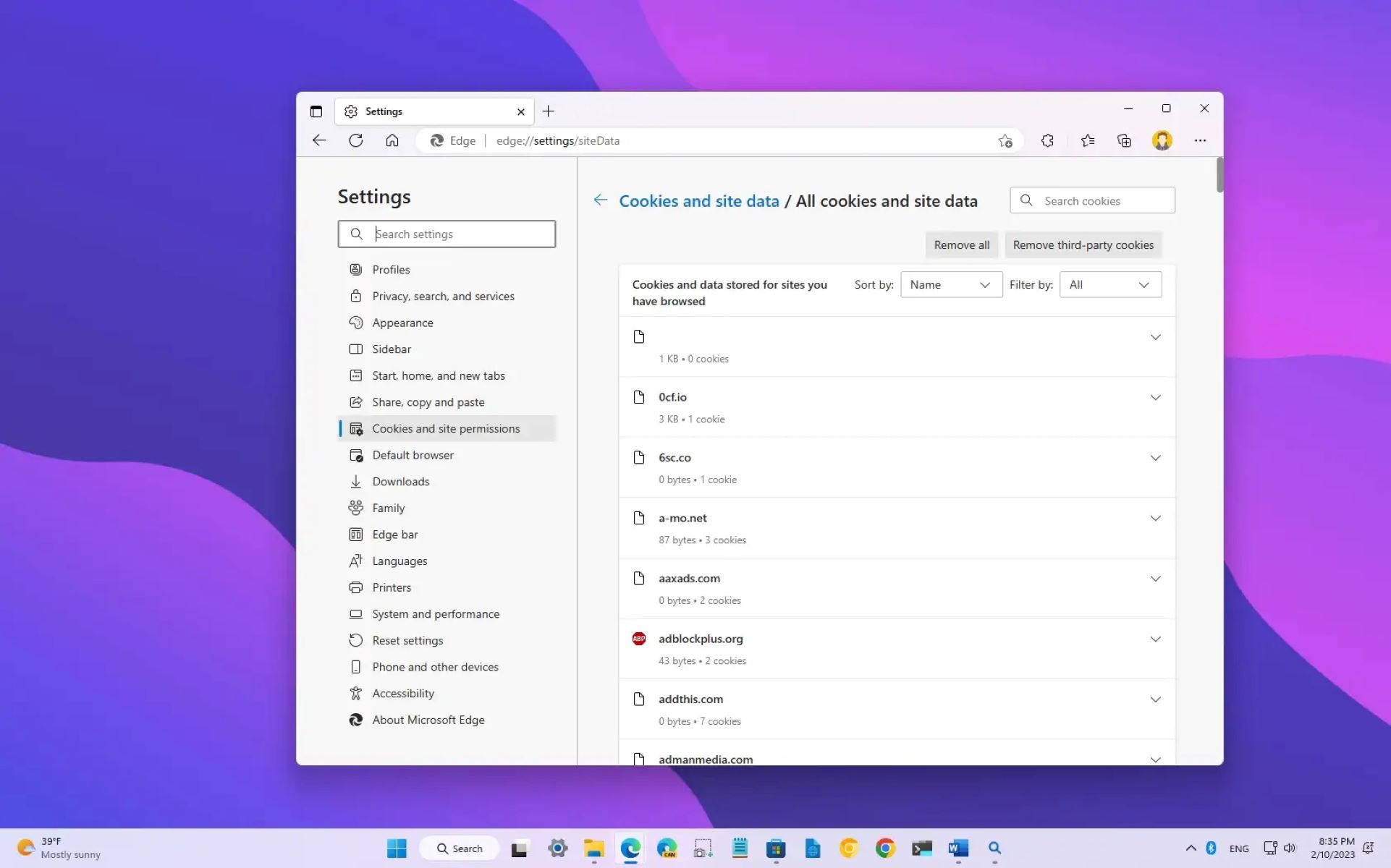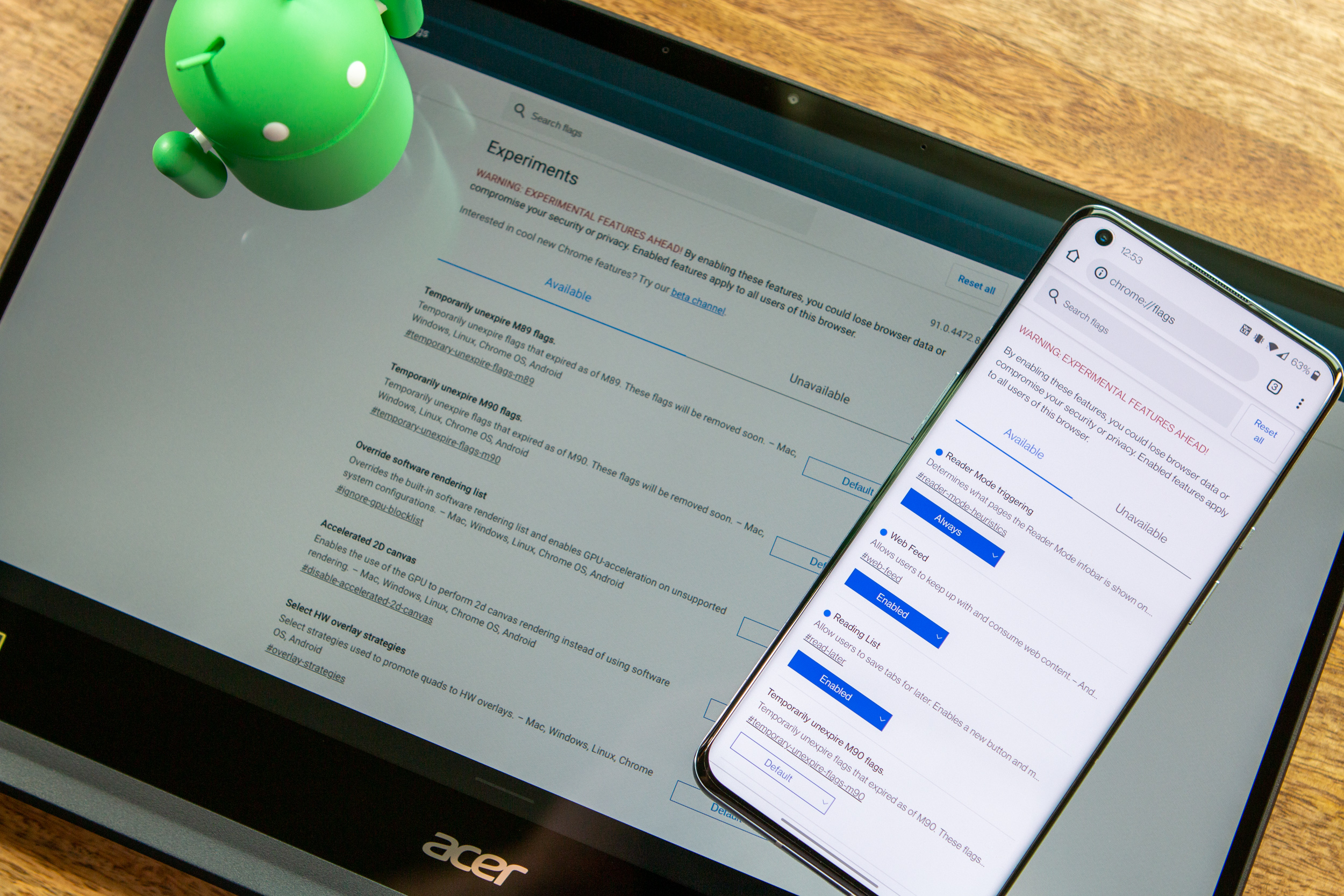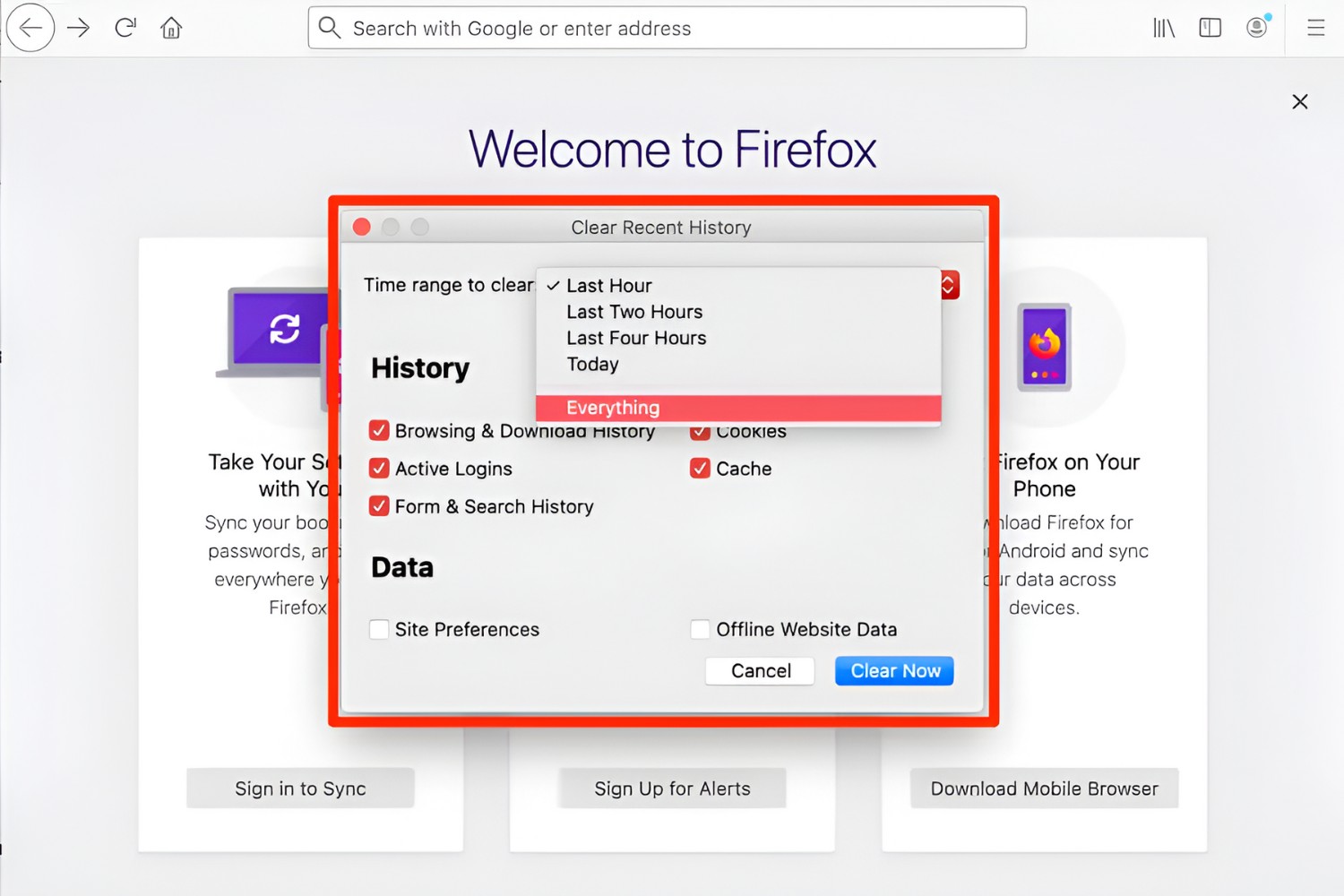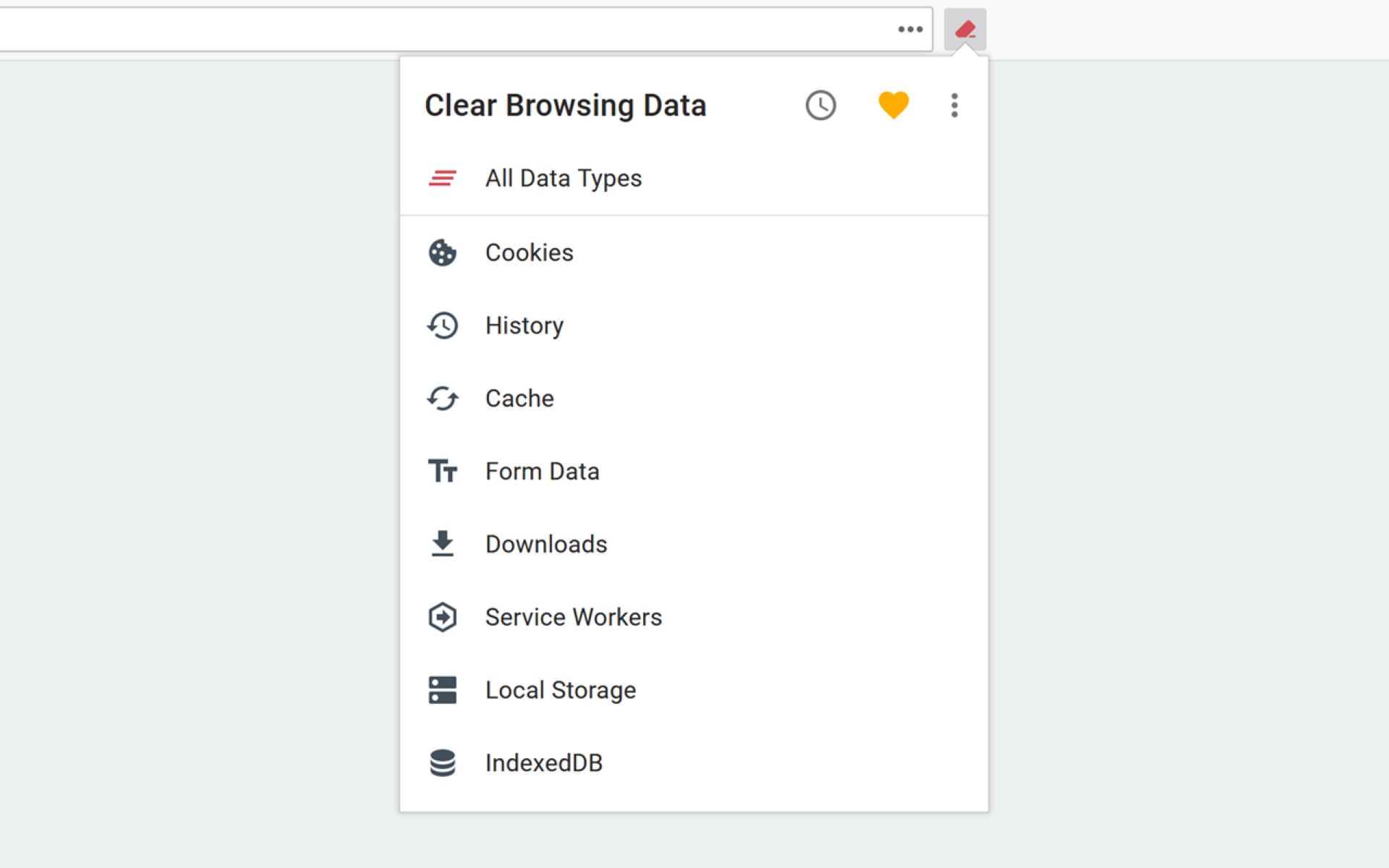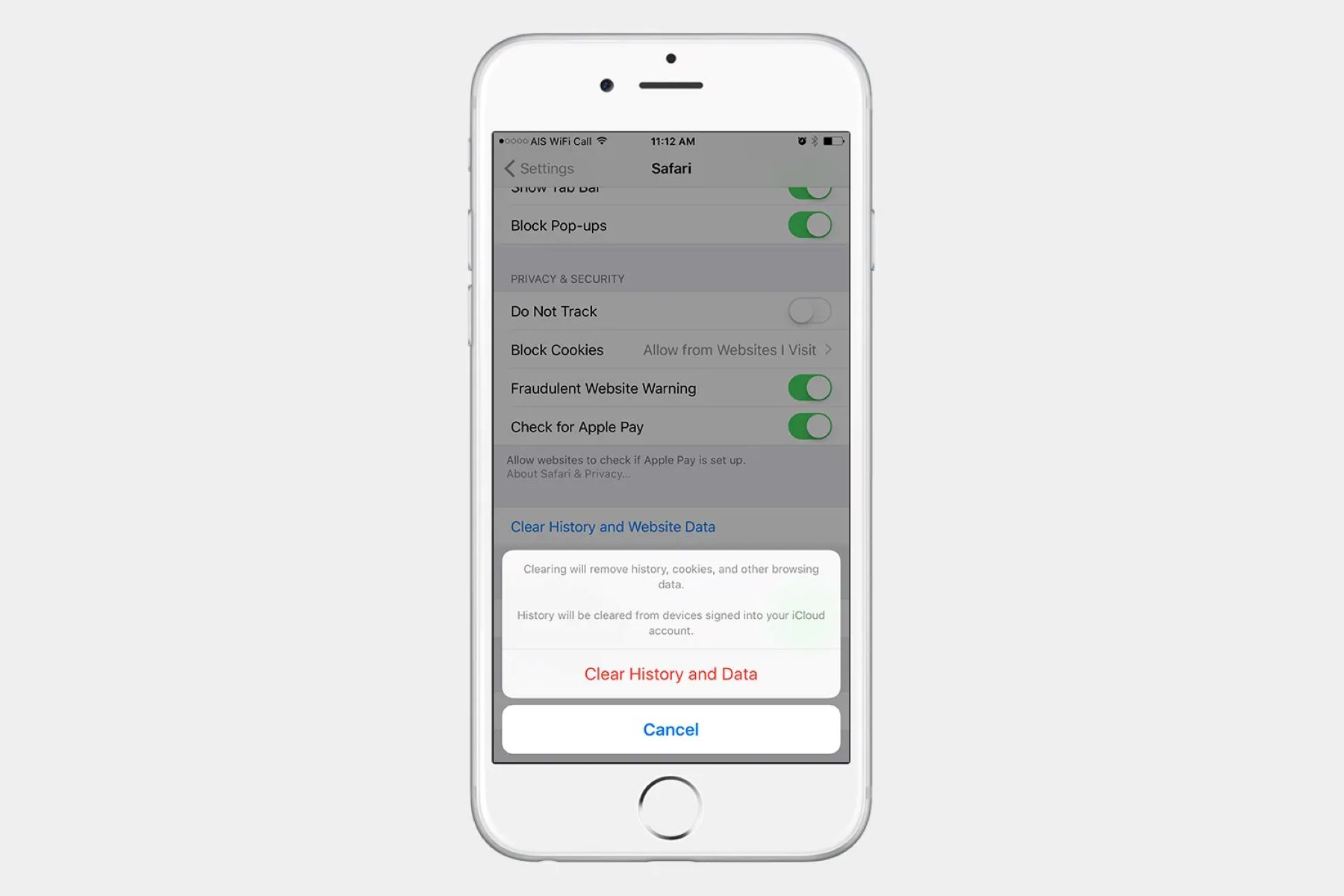Introduction
When it comes to browsing the web, Firefox stands out as a popular choice among users for its user-friendly interface and robust features. As you navigate through various websites, the browser collects small pieces of data known as cookies. While cookies serve a purpose in enhancing your browsing experience by storing preferences and login information, they can also accumulate over time, potentially compromising your privacy and slowing down your browser's performance.
In this article, we will delve into the process of deleting cookies from Firefox, allowing you to maintain a clean and secure browsing environment. Whether you're concerned about privacy, looking to troubleshoot website login issues, or simply aiming to optimize your browser's performance, understanding how to manage cookies in Firefox is essential.
By following the step-by-step guide provided here, you will gain the knowledge and confidence to effectively remove cookies from your Firefox browser. This proactive approach not only safeguards your privacy but also ensures a smoother and more efficient browsing experience. So, let's embark on this journey to declutter your browser and take control of your online privacy and security.
Step 1: Open the Firefox browser
To begin the process of deleting cookies from your Firefox browser, you first need to launch the application. Here's a detailed guide on how to open Firefox on various devices:
On Windows:
-
Desktop Shortcut: If you have a shortcut icon for Firefox on your desktop, simply double-click on it to open the browser.
-
Taskbar: Look for the Firefox icon on your Windows taskbar. Click on it to launch the browser.
-
Start Menu: You can also open Firefox by clicking on the Windows Start button, typing "Firefox" in the search bar, and selecting the Firefox application from the search results.
On Mac:
-
Dock: If you have the Firefox icon in your Mac's dock, click on it to open the browser.
-
Finder: Navigate to the "Applications" folder using Finder, locate Firefox, and double-click on it to launch the browser.
-
Spotlight Search: Press Command + Space to open Spotlight Search, type "Firefox," and press Enter to open the browser from the search results.
On Mobile Devices:
-
Android: Tap on the Firefox icon on your home screen or in the app drawer to open the browser.
-
iOS: Locate the Firefox app on your home screen or in the app library and tap on it to launch the browser.
Once you have successfully opened the Firefox browser on your device, you are ready to proceed to the next step in the process of managing your cookies and site data.
By following these simple steps, you can easily access the Firefox browser on your preferred device, setting the stage for efficient cookie management and ensuring a secure and personalized browsing experience.
Step 2: Access the settings menu
Accessing the settings menu in Firefox is the gateway to a plethora of customization options, including the ability to manage cookies and site data. Whether you're using Firefox on a desktop or a mobile device, the process of accessing the settings menu remains consistent, albeit with slight variations in the user interface. Here's a comprehensive guide on how to navigate to the settings menu in Firefox:
On Desktop:
-
Menu Button: Look for the three horizontal lines in the upper-right corner of the Firefox window. This is the menu button. Click on it to reveal a dropdown menu.
-
Options: Within the dropdown menu, locate and click on the "Options" or "Preferences" button. This action will open a new tab or window with various settings and customization options.
-
Privacy & Security: In the left-hand sidebar of the Options/Preferences tab, you will find a list of categories. Click on "Privacy & Security" to access the relevant settings.
-
Cookies and Site Data: Within the "Privacy & Security" section, scroll down until you find the "Cookies and Site Data" heading. This is where you can manage your cookie settings.
On Mobile Devices:
-
Menu Button: Tap on the menu button, typically represented by three vertical dots, located in the upper-right or lower-right corner of the Firefox app.
-
Settings: From the menu options that appear, select "Settings" to proceed to the next step.
-
Privacy: Within the Settings menu, look for the "Privacy" or "Privacy & Security" category. Tap on it to access privacy-related settings.
-
Clear Private Data: Under the Privacy settings, you will find an option to "Clear Private Data." This is where you can manage your cookies and site data.
By following these steps, you can seamlessly access the settings menu in Firefox, empowering you to customize your browsing experience and take control of your privacy and security settings. Once you have successfully accessed the settings menu, you are ready to proceed to the next step of managing your cookies and site data, as we will explore in the subsequent sections.
Step 3: Select the Privacy & Security tab
In the realm of online privacy and security, Firefox offers a dedicated section within its settings menu to empower users with granular control over their digital footprint. This pivotal section, aptly named "Privacy & Security," serves as the gateway to a myriad of privacy-enhancing features, including the management of cookies and site data.
Upon navigating to the "Privacy & Security" tab, users are presented with a comprehensive array of settings and options designed to safeguard their online activities. This section embodies Firefox's commitment to empowering users with the tools needed to protect their privacy while navigating the digital landscape.
Within the "Privacy & Security" tab, users can delve into various subcategories, each offering specific controls and preferences tailored to different aspects of online privacy. From managing permissions for website tracking to configuring security protocols, this tab serves as a centralized hub for fortifying one's browsing experience.
One of the key components housed within the "Privacy & Security" tab is the robust set of controls for managing cookies and site data. This pivotal feature enables users to make informed decisions regarding the storage and utilization of cookies, thereby influencing their online privacy and browsing efficiency.
By selecting the "Privacy & Security" tab, users gain access to a wealth of options related to cookie management, including the ability to clear stored cookies, block third-party cookies, and customize cookie settings on a per-site basis. This level of granularity empowers users to tailor their cookie preferences in alignment with their privacy and security preferences.
Furthermore, the "Privacy & Security" tab serves as a testament to Firefox's unwavering commitment to transparency and user empowerment. By providing a user-friendly interface coupled with comprehensive controls, Firefox ensures that users can navigate the complexities of online privacy with confidence and ease.
In essence, the "Privacy & Security" tab within Firefox's settings menu stands as a pivotal gateway to a wealth of privacy-enhancing features, including robust controls for managing cookies and site data. By selecting this tab, users embark on a journey towards fortifying their online privacy and security, thereby embracing a browsing experience tailored to their preferences and values.
Step 4: Clear cookies and site data
In the realm of digital privacy and browsing efficiency, the ability to clear cookies and site data stands as a pivotal feature within the Firefox browser. This functionality empowers users to declutter their browsing environment, enhance privacy, and optimize their online experience.
Upon navigating to the "Cookies and Site Data" section within the "Privacy & Security" tab, users are presented with a comprehensive array of options for managing their stored cookies and site data. One of the primary actions available within this section is the ability to clear accumulated cookies and site data with ease.
By selecting the "Clear Data" or similar option within the "Cookies and Site Data" section, users initiate a process that effectively removes all stored cookies and site data from their Firefox browser. This proactive measure not only declutters the browser's storage but also resets the digital footprint associated with past browsing sessions.
Furthermore, Firefox offers users the flexibility to customize their data clearing preferences, allowing them to selectively choose the types of data to be cleared. This granular control empowers users to tailor their data management approach in alignment with their specific privacy and browsing needs.
In addition to clearing cookies and site data, users can also leverage the option to manage permissions for individual websites, thereby exerting precise control over how cookies and site data are handled on a per-site basis. This level of customization ensures that users can curate their browsing environment to reflect their privacy preferences and optimize their online interactions.
The process of clearing cookies and site data in Firefox embodies the browser's commitment to empowering users with transparent and user-centric privacy controls. By offering a seamless and intuitive interface for managing cookies and site data, Firefox ensures that users can navigate the complexities of online privacy with confidence and ease.
In essence, the ability to clear cookies and site data within Firefox represents a proactive step towards maintaining a clean and secure browsing environment. By embracing this feature, users can declutter their digital footprint, enhance their privacy, and optimize their browsing experience, thereby fostering a sense of control and empowerment in their online interactions.
Step 5: Confirm the deletion of cookies
Upon initiating the process of clearing cookies and site data in Firefox, users are prompted to confirm the deletion of these stored elements. This crucial step serves as a final checkpoint, ensuring that users have the opportunity to review and validate their decision before proceeding with the deletion process.
The confirmation prompt typically provides users with a summary of the data that is about to be cleared, including cookies, cached files, and other site data. This transparency empowers users to make informed decisions regarding the removal of these elements from their browsing environment.
By presenting a confirmation dialog, Firefox prioritizes user agency and accountability, aligning with its commitment to transparent and user-centric privacy controls. This deliberate approach underscores the browser's dedication to empowering users with the tools needed to manage their digital footprint effectively.
Upon reviewing the summary of data to be cleared, users are typically presented with an option to proceed with the deletion or to cancel the operation. This flexibility ensures that users can exercise full control over the management of their cookies and site data, allowing them to make decisions in alignment with their privacy preferences and browsing habits.
The confirmation prompt not only serves as a safeguard against inadvertent data deletion but also fosters a sense of trust and confidence in the browsing experience. By providing users with a clear overview and the opportunity to confirm their actions, Firefox reinforces its commitment to user empowerment and privacy transparency.
In essence, the confirmation of cookie deletion in Firefox represents a pivotal moment where users are entrusted with the final decision-making authority regarding their browsing data. This user-centric approach underscores Firefox's dedication to fostering a secure, transparent, and personalized browsing environment, where users can navigate the complexities of online privacy with clarity and confidence.







